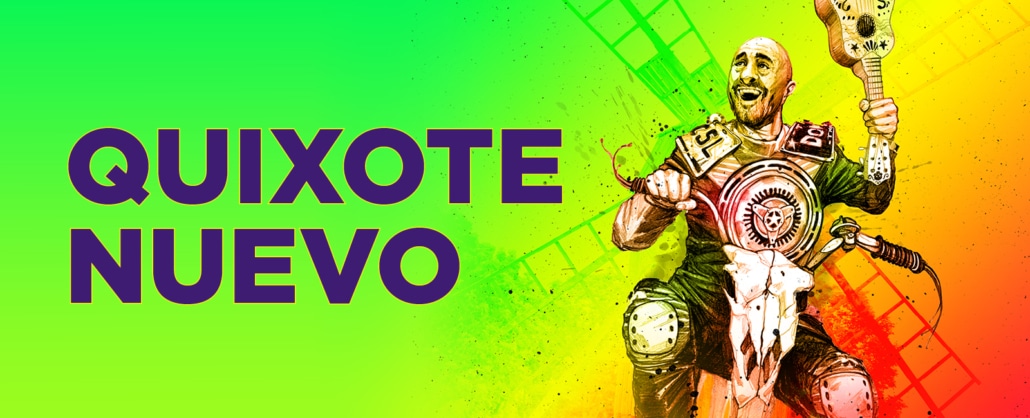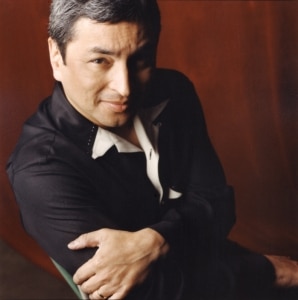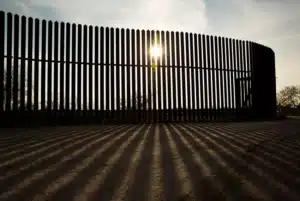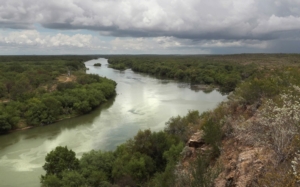DCPA NEWS CENTER
Enjoy the best stories and perspectives from the theatre world today.
Enjoy the best stories and perspectives from the theatre world today.
Originally written for Hartford Stage in September 2019
 Considered one of the most prominent Latino playwrights in North America, Octavio Solis has been produced from New York to California, including in Denver with the DCPA Theatre Company world premiere of Lydia in 2008. He spoke with jose sebastian alberdi about his play, the characteristic humor of the play, and what keeps him writing.
Considered one of the most prominent Latino playwrights in North America, Octavio Solis has been produced from New York to California, including in Denver with the DCPA Theatre Company world premiere of Lydia in 2008. He spoke with jose sebastian alberdi about his play, the characteristic humor of the play, and what keeps him writing.
alberdi: How did you become a writer?
Solis: I’ve been interested in literature since childhood and I dreamed of becoming a writer, but when I could find no other living writers in the phone book, I abandoned that dream. Then I was stage-bit in high school and actively pursued training for a career as an actor. I occasionally wrote some poetry and got it published, but nothing ever took hold until I devised some punk one-acts that I wrote and directed to feature my acting talent. My theatre folks all loved the writing, but my acting not so much. So that’s where I made a complete shift to playwriting.

Photo courtesy of Playbill
alberdi: The title of the play, Quixote Nuevo, suggests a new re-imagining of Cervantes’s novel. How do you see this play in relationship to its 17th century source material?
Solis: The title does suggest a rethinking of the Quixote saga, but note that I chose the word “nuevo” as opposed to “new.” I wanted to claim the saga as a Latino story, not as a European one. The play adheres to the spirit of the original in its depiction of a comical hero who doesn’t really cope with the harsh world as it is but as it used to be. My Quixote goes out into the desert of West Texas to right the wrongs of his past; and like Cervantes’ knight, conflates his readings of chivalric exploits with his own sad, pathetic life. So, just as in the classic novel, my Quixote explores a world of the lower-income denizens of La Plancha, Texas for the first time in his life and wreaks havoc on the rules that everyone lives by.
alberdi: Your play addresses aging, cultural identity, racism; yet it’s also deeply funny — a strong through line between the original novel and your reimagining of it.
Solis: To my thinking, Cervantes’ novel represents the first instance of a comic epic in the canon. Back then, he was dismayed at how everyone had immersed themselves in the cheap novellas of the time, stories and poems detailing the adventures of knight errants and dragons and damsels in distress, to the same degree that people are immersed in sword and sorcery books, films and video games today. So he determined to give his readers a story of a pretend-knight in order to have them cope with the harsh realities of 16th century Spain, peopled with merchants, shepherds, milkmaids, convicts and obsequious clerics who live in a bankrupt country ravaged by years of war. The juxtaposition of fantasy with reality can result in either a tragic collision or a comical discordance.

Photo by Callie Richmond for The Texas Tribune
alberdi: “The Wall” immediately conjures the physical border between Mexico and the United States. But the number of walls in this play seems endless: walls between regret and acceptance, youth and old age, memory and myth.
Solis: There are as many varied and disparate attitudes toward [the border wall] as there are people in this country, but in the final analysis, it is only as real as we wish it to be.
In this play, it’s the barrier between reality and fantasy; Quixote rides along one side and Sancho along the other, each seeing the world that is exclusively familiar to them, denying the other’s assertions…until one of them (Sancho, usually) dares to peek over the wall into the other’s way of seeing, or until reality smashes them both over the head.
But it’s also a metaphor for the invisible wall that the Rio Grande already represents, a line on a map that defines otherness and creates a schism in Quixote’s mind, which is riven in two by his love and his fear, thereby erecting yet another wall inside him, each brick forged in denial.
Then there is the wall between life and death, the last barricade of our existence, one which Quixote must bravely confront in order to complete his mission, if he is to feel like he’s atoned for all the mistakes of his life. Walls are everywhere in this work, but none of them are insurmountable.

Photo by John Moore; Getty Images
alberdi: Anyone familiar with your work would know that it is oftentimes set in the Texas Borderlands. Apart from being from El Paso, what is it about this landscape that captures your imagination?
Solis: For me, this part of the country is a story mill. There are so many struggles and tensions that are wrought in this desert town of El Paso, and almost all of them come as a result of the friction between the two worlds at once separated and united by the Rio Grande border. The hopes and dreams of people swirl in the eddies of this river, and in the hard-scrabble earth baked by the unrelenting sun, lives are lived and lost with casual aplomb. Every time I go home, I can almost hear the ghosts whispering their stories to me through the soles of my feet. What alternative do I have except to write them down?
This article was reprinted by permission of Hartford Stage.
DETAILS
Quixote Nuevo
May 13 – June 12, 2022 • Wolf Theatre
Tickets
